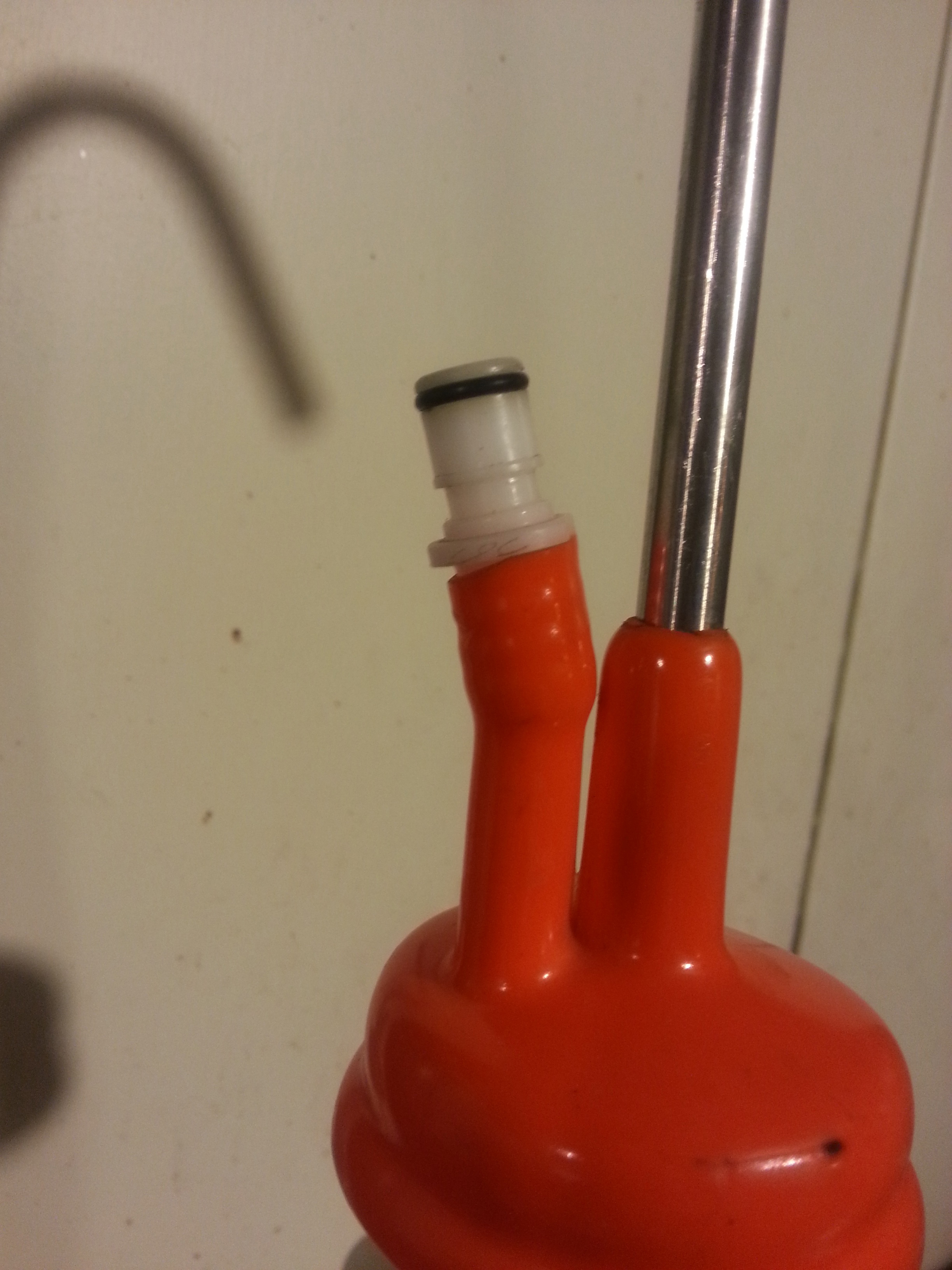Hello everyone,
I am preparing for my first brew in the near future but running into some setup issues so looking for assistance before I begin my first. Here is the deal. I live in Fl and its about 90 degrees right now and I have my house AC configured to stay at 79 degrees, which is not a good temp for yeast fermentation. My plan is to use a college size fridge and ferment inside of it and use a Johnson controls digital to set the temp around 65. The issue I am concerned about is moving it from their to a secondary without oxygenating the beer or bringing the sediment into the secondary. The concern is having the carboy in the fridge at floor level and it would be difficult to siphon into the secondary withoufg picking it up and placing it some place higher.
I could build something and place the fridge in top of it, but sounds like a lot of work. Any other ideas? I am sure others have the same issue.
I am interested in the secondary for dry hopping and to get a clearer brew.
I am preparing for my first brew in the near future but running into some setup issues so looking for assistance before I begin my first. Here is the deal. I live in Fl and its about 90 degrees right now and I have my house AC configured to stay at 79 degrees, which is not a good temp for yeast fermentation. My plan is to use a college size fridge and ferment inside of it and use a Johnson controls digital to set the temp around 65. The issue I am concerned about is moving it from their to a secondary without oxygenating the beer or bringing the sediment into the secondary. The concern is having the carboy in the fridge at floor level and it would be difficult to siphon into the secondary withoufg picking it up and placing it some place higher.
I could build something and place the fridge in top of it, but sounds like a lot of work. Any other ideas? I am sure others have the same issue.
I am interested in the secondary for dry hopping and to get a clearer brew.




